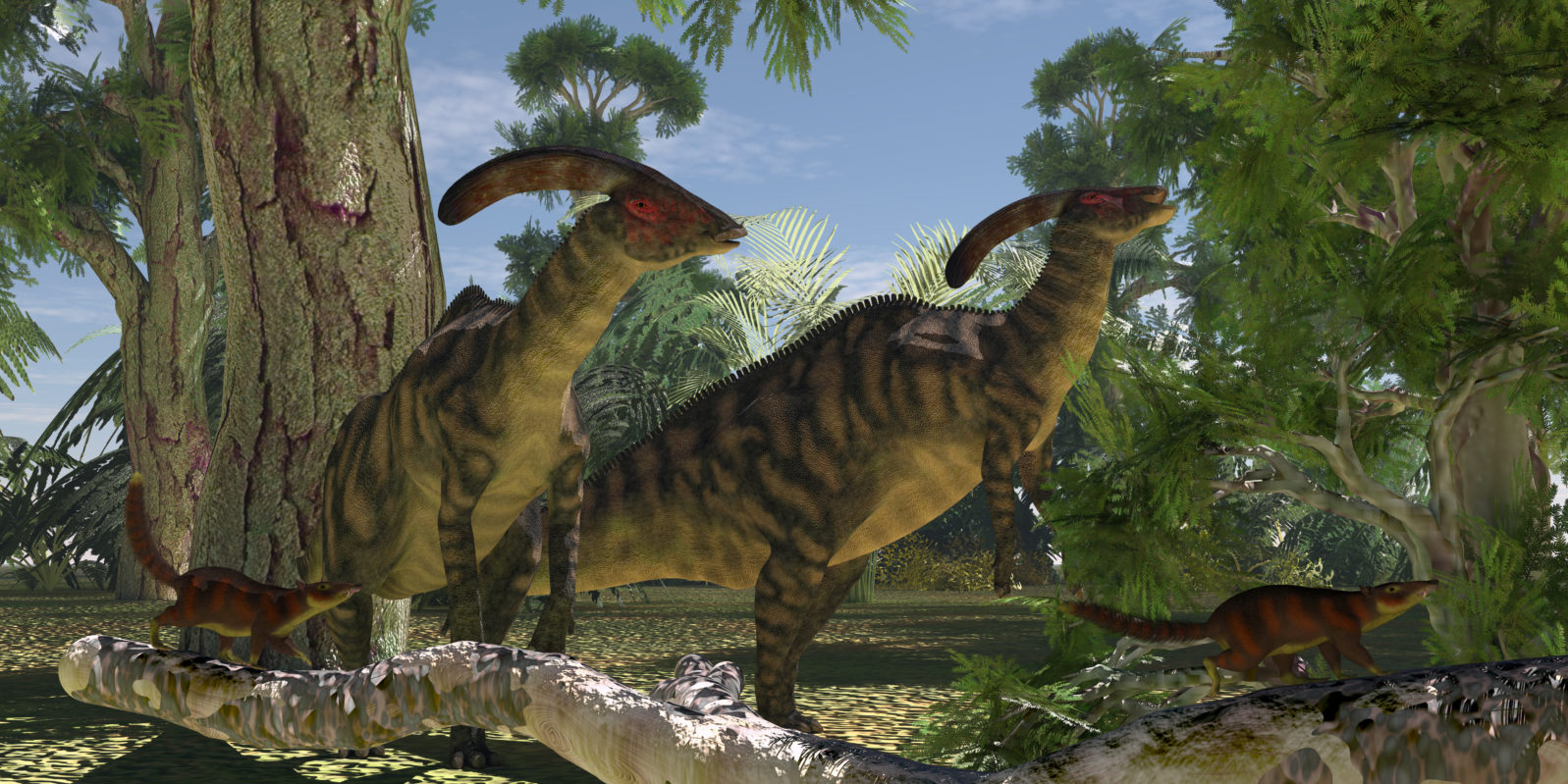Where We Stand Today With Jurassic Park
There have been a number of unexpected finds of from dinosaurs besides bones; some paleontologists dig hopefullyThe recent find of a complete, well-preserved baby mammoth was greeted with gasps:
She’s over 30,000 years old, and yet her preservation is astounding: She has her skin, her tiny tusk nubs, her toenails, and her little tail. She still has tufts of fur, and her trunk—with its prehensile tip—is complete and malleable. Looking at the initial photograph from where she was found at a Yukon gold mine, she looks like she only recently met her demise.
Jeanne Timmons, “‘Gasps’ as Scientists Reveal Preserved Baby Woolly Mammoth” at Gizmodo (July 2, 2022)
It’s easy to see why:
And the find naturally renews questions about resurrecting much, much older extinct life forms through via recovered DNA. Never mind whether it’s a good idea: Is it possible? A recent article in The Guardian notes that, as we dig up more and more fossils, we are discovering things had been told not to expect:
What Alida Bailleul saw through the microscope made no sense. She was examining thin sections of fossilised skull from a young hadrosaur, a duck-billed, plant-eating beast that roamed what is now Montana 75m years ago, when she spotted features that made her draw a breath.
Bailleul was inspecting the fossils, from a collection at the Museum of the Rockies in Bozeman, Montana, to understand how dinosaur skulls developed. But what caught her eye should not, the textbooks said, be there. Embedded in calcified cartilage at the back of the skull were what appeared to be fossilised cells. Some contained tiny structures that resembled nuclei. In one was what looked like a clump of chromosomes, the threads that bear an organism’s DNA.
Ian Sample, “Life will find a way: could scientists make Jurassic Park a reality?” at The Guardian (June 21, 2022)
Bailleul showed her specimens to Mary Schweitzer, a paleontologist whose PhD supervisor had been Jack Horner, the inspiration for Alan Grant in Jurassic Park. She herself had survived much criticism for her claim that she had found soft tissue in fossils from dinosaurs. The two joined forces, collected evidence, and laid it out in a “bombshell” open access paper in Oxford’s National Science Review in 2020.
Schweitzer doesn’t claim that she “found dinosaur DNA” because the evidence is still uncertain.
The problem is, surviving DNA would be very poorly preserved after so many millions of years. And even then:
The question is whether these proteins and other traces are really what they seem. Hot on the heels of Bailleul’s paper—and inspired by the controversy over what the biomolecules inside dinosaur bones represent—a separate team, led by Princeton University geoscientist Renxing Liang, recently reported on unexpected microbes found inside one from Centrosaurus, a horned dinosaur of similar age to Hypacrosaurus. The researchers said that they unearthed DNA inside the bone, but it was from lineages of bacteria and other microorganisms that had not been seen before. The bone had its own unique microbiome, which could cause confusion as to whether proteins and possible genetic material belonged to the dinosaur itself or to bacteria that had come to reside within it during the fossilization process.
Riley Black, “Dinosaur DNA discovered?” at Scientific American (April 17, 2020)
That said, an apparent DNA find from an insect 130 million years ago was part of the buzz around Jurassic Park when it was first mooted over thirty years ago:
The prestigious science journal Nature published this breathtaking new discovery in June 1993, a single day before another momentous occasion: the release of Jurassic Park. It seemed like the perfect stroke of luck for famed director Steven Spielberg. The publicity came not from his studio’s $65 million promotional plan, but from real, legitimate scientists. (Whether the study’s release was a coincidence, or Nature timed the article to the movie is unclear, but it certainly seemed intentional to the public and the scientific community.)
“The effect was really important,” says science historian Elizabeth Jones, who is currently at work on a book on the story of Jurassic Park and ancient DNA. “It boosted ancient DNA as an early science. Something that people had never heard of suddenly became extremely popular.”
Lorraine Boissoneault, “Jurassic Park’s Unlikely Symbiosis With Real-World Science” at Smithsonian Magazine (June 15, 2018)
Of course, Michael Crichton (1942–2008), the author of the book behind David Spielberg’s film, had been studying the literature on chance fossil finds for years, in the hope of learning more about the possibility of finding intact DNA.
The search continues. Some finds are certainly very interesting. And, as Schweitzer puts the matter, “We’re not there yet, and maybe we won’t find it, but I guarantee we won’t if we don’t continue to look.”
You may also wish to read: Could the dinosaurs have had a now-lost civilization? Geoscientist Dirk Schultze-Makuch asks us to be sure why we believe it couldn’t be true. Not as simple as it first appears… Prominent Cambridge paleobiologist Simon Conway Morris thinks that, had the dinosaurs not been wiped out, they would have developed human-like intelligence.
